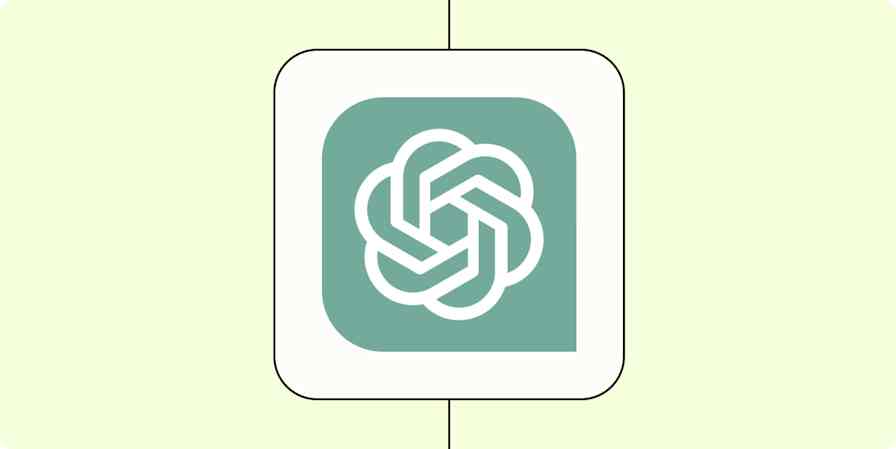App tips
3 min readChatGPT vs. GPT: What's the difference?
Here's how to stop confusing them.
By Elena Alston · May 22, 2024

Get productivity tips delivered straight to your inbox
We’ll email you 1-3 times per week—and never share your information.
Related articles
Improve your productivity automatically. Use Zapier to get your apps working together.








